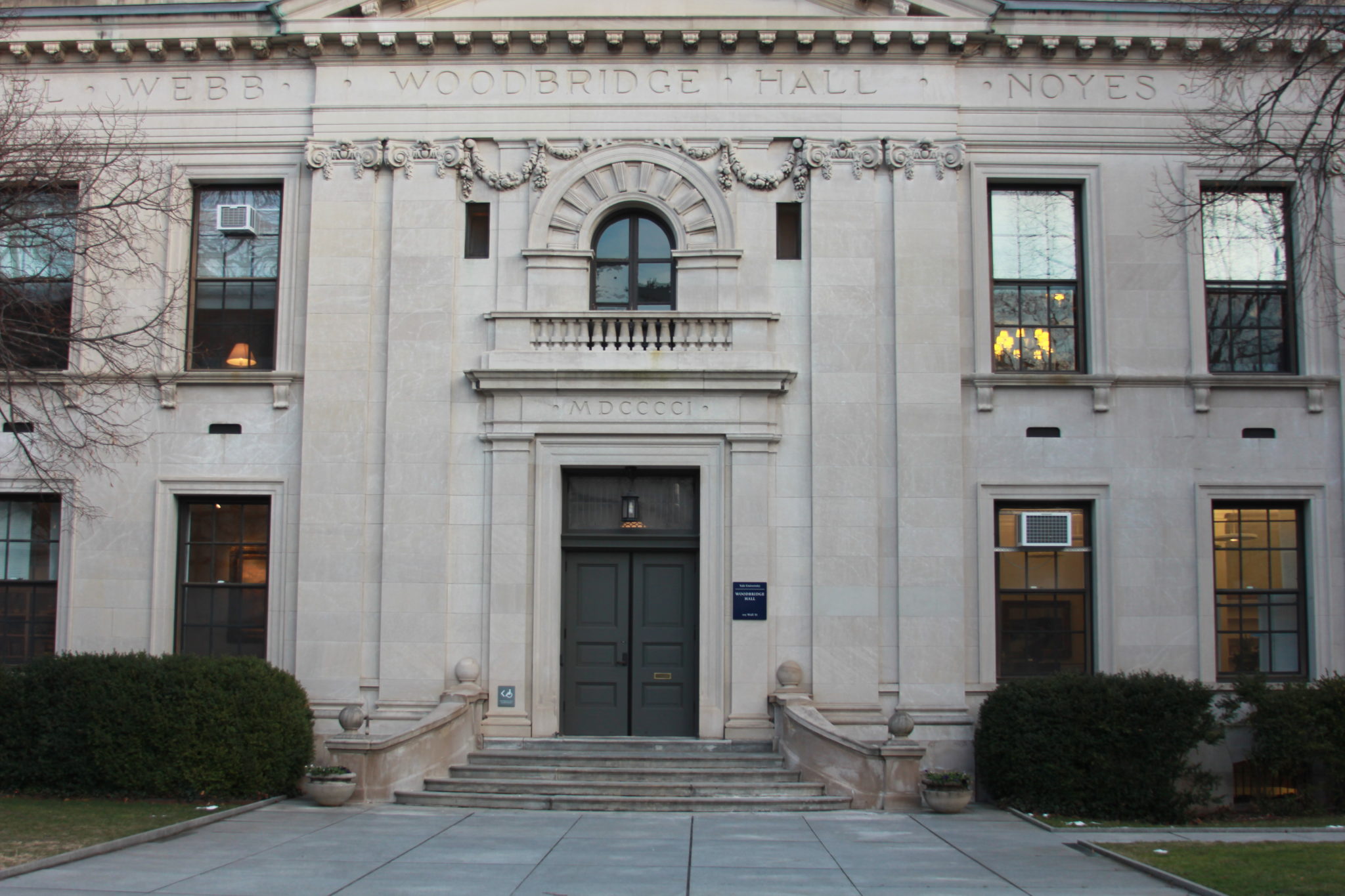
Surbhi Bharadwaj
After five years of cuts, Yale now saves a cumulative $53 million per year on administrative costs, Vice President for Finance Stephen Murphy ’87 told the News last week.
This fiscal year’s result places the University just short of achieving its goal of $58 million in savings per year relative to inflation. The administrative cost savings initiative was established in 2015 to increase administrative productivity and free up funds for investment in the University’s academic priorities.
“Finding savings is never easy, but the [professional] schools and [budgetary] units have worked hard to allow us to invest more of our resources in our top priorities, such as financial aid, support for our great faculty and new facilities for sciences and the arts,” University Provost Ben Polak said in an email to the News.
According to Murphy, the savings have been realized through a variety of “innovative approaches across many administrative areas,” including making investments in the power plant to achieve long-term savings on energy costs, as well as “co-locating” administrative stuff in University-owned space, thus reducing leasing costs.
Murphy told the News that the cost savings have had “an incredibly positive impact on the University’s mission,” and attributed the success of the savings initiative to the “innovation, dedication and hard work of administrative staff [across] campus.”
The University originally planned to achieve a nine percent reduction within five years, but extended the deadline by a year.
“The reason for adjusting the time frame in this way was to foster a culture of continuous improvement — and the gradual sustained savings resulting from these efforts — rather than try to achieve a large ‘balloon’ of savings in the final year, which had been the original plan when it was first announced,” Murphy said.
Even though the University continues to cut administrative spending, its financial footing remains strong. The University’s $3.8 billion budget reported a surplus of $91 million in the 2017–18 fiscal year, according to a budget update published earlier this month. In a faculty-wide email in early January, Polak and University President Peter Salovey said that fiscal year 2018 was “not quite as strong as the previous one, but still a very good year.”
This year’s $91 million surplus marks a 21 percent decrease from Yale’s financial gains in the previous year, which totaled $115 million. In an interview with the News, Polak and Murphy said they were pleased with last year’s surplus and noted that the University’s financial state remains healthy.
“The University is in good shape from a financial standpoint, and we have a lot of great investments that we are making as a result — the construction of the new science building, the renovation of the Hall of Graduate Studies, the opening of the two new residential colleges, as well as the expansion of financial aid,” Murphy told the News earlier this month. “All these things are made possible by the University’s strong financial position.”
According to the budget report, the 2019 fiscal year capital budget is $530 million.
Lorenzo Arvanitis | lorenzo.arvanitis@yale.edu .







